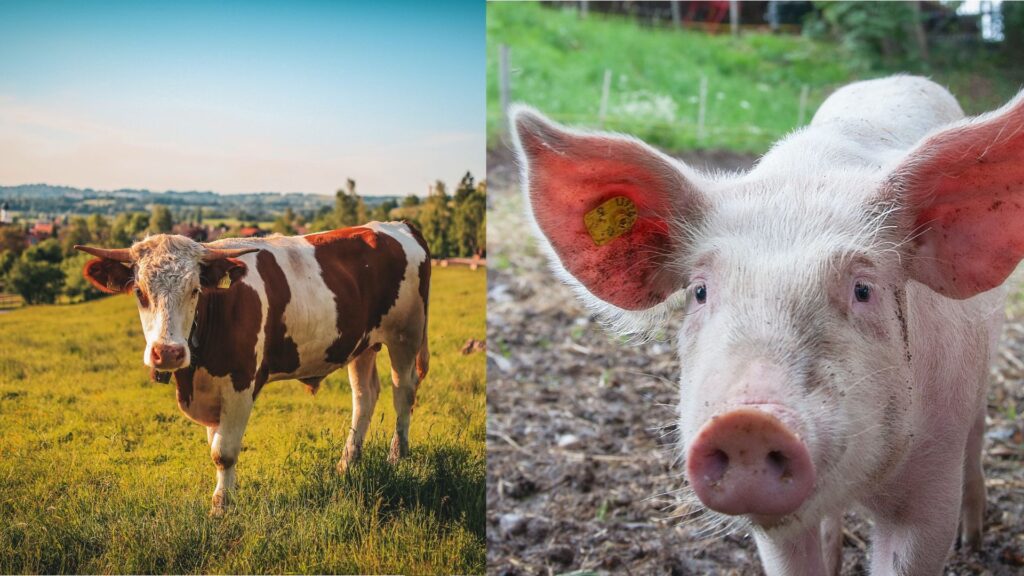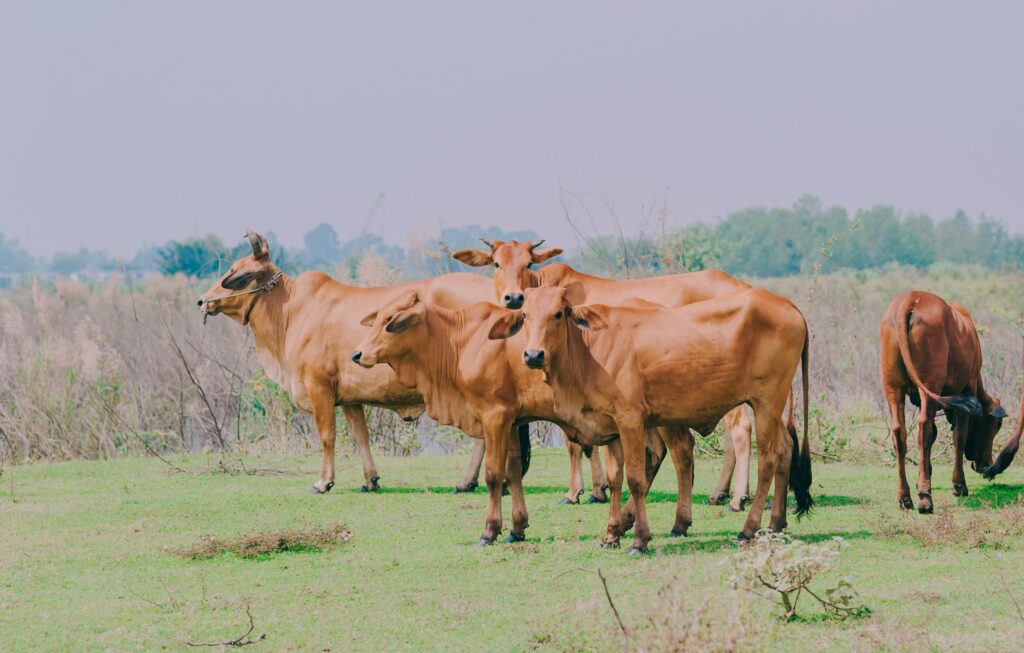Influenza D has recently been added to the list of influenza virus and is most often found in livestock. Experts are studying what risks it poses for human beings.
Veterinarians first identified influenza D in pigs back in 2011 and identified its primary source as cattle. Researchers began searching for any evidence that bovine influenza might also affect humans like those found in birds or pigs may.
Although no definitive proof has emerged, alarming signs indicate infection among humans is possible, meaning if luck favours this strain it might spread quickly into our society.

Feng Li, a virologist from the University of Kentucky who helped identify influenza D as a distinct strain, believes it’s fair to say that influenza D possesses all the properties necessary to cause human infection from a scientific viewpoint.
Scientists have identified four forms of influenza virus, many of which are capable of infecting human beings.
Influenza Virus vaccines used annually in the US target two strains – B and A. Influenza C is more widespread, yet generally mild; though babies have experienced occasional instances. There’s currently no vaccination to counter this virus. Influenza Virus D, however, remains undetected causing illness among its hosts despite being identified.
Influenza D appears to be prevalent among cattle.
An extensive survey conducted between 2014 and 2015 indicated that approximately 75% of cattle tested positive for this virus. Mayara Maggioli, a veterinarian immunologist from Oklahoma State University states that this virus may cause minor bovine disease. “It’s very subtle,” Maggioli asserts. “It has adjusted really well. Animals afflicted with this illness have symptoms resembling those seen in humans, such as runny or watery eyes, increased heart and respiration rates, low temperature, cough or decreased appetite – similar symptoms to what are experienced by us as humans.” Maggioli notes studies which indicate inoculating cattle against infection could protect against infection however no commercial vaccine currently available is available to protect them against it.
Flu D may pose a risk for humans, although its precise risks cannot yet be ascertained with certainty. Though evidence exists to support its prevalence among us humans, such as evidence that shows outbreaks have already happened (though that evidence remains far from definitive), according to Richard Webby of the Tennessee-based St Jude Children’s Research Hospital noted that “the data out there could go either way.”. Earlier this month NPR ran an article detailing the possibility of human transmission of this virus.
Influenza D is of particular concern to scientists, particularly those working long hours around cattle in enclosed spaces and their immediate surroundings. Recent research has provided evidence of this disease among populations.
A 2022 study discovered virus-like particles in nasal swabs of cattle farmers. Furthermore, according to Webby, the virus exists without being directly transmitted between people; one 2016 research paper indicated antibodies in livestock owners had responded against Influenza Virus D despite antibodies having responded against it too (although Influenza Virus C can mimic some aspects of Influenza Virus D antibodies reactivity as well).

Scientists possess considerable expertise in assessing the spread of influenza in animals; however, most of their studies have focused on pigs and birds versus cattle. Due to both avian and swine influenzas having caused pandemics in humans – for instance, 1918 influenza pandemic brought on by bird-based influenza virus; and 2009 Swine Flu epidemic; both infections are deadly threats that threaten humanity. According to scientists, bovine virus has never caused such widespread destruction. Avian influenza has recently affected over 60 million birds of prey across the U.S. but only infected one human; no further cases have been confirmed since April 2022 according to the Centers for Disease Control and Prevention.
“From a flu perspective, cows have never really been considered in studies of spillover,” Webby states, although some groups have begun looking more carefully into interactions between humans and cattle. It remains an unstudied interaction; more research needs to be conducted into its interface.
If Influenza Virus D became prevalent among humans, one telltale sign could be respiratory signs in employees working in industries with cattle. Immunity tests for humans do not reveal any affected workers; an important piece of data would be when people who had not come in direct contact with cattle became ill – this would indicate its spread among human populations.
If such two events occurred simultaneously, flu D might not prove fatal for humans – given its relatively mild effects on cattle. Li suggests that human illness should likely remain manageable but cannot predict exactly when Mother Nature may strike again.
Check Previous Article: Mifepristone: Access to abortion pills is upheld by the US Supreme Court

My name is Guru, and I am a digital marketer, content writer, creator and teacher. My role at Breaking News Live 24 is to bring you all the latest news from the world of business and finance so that you can get every information related to it, Thank you!
 Breaking News Live 24
Breaking News Live 24


